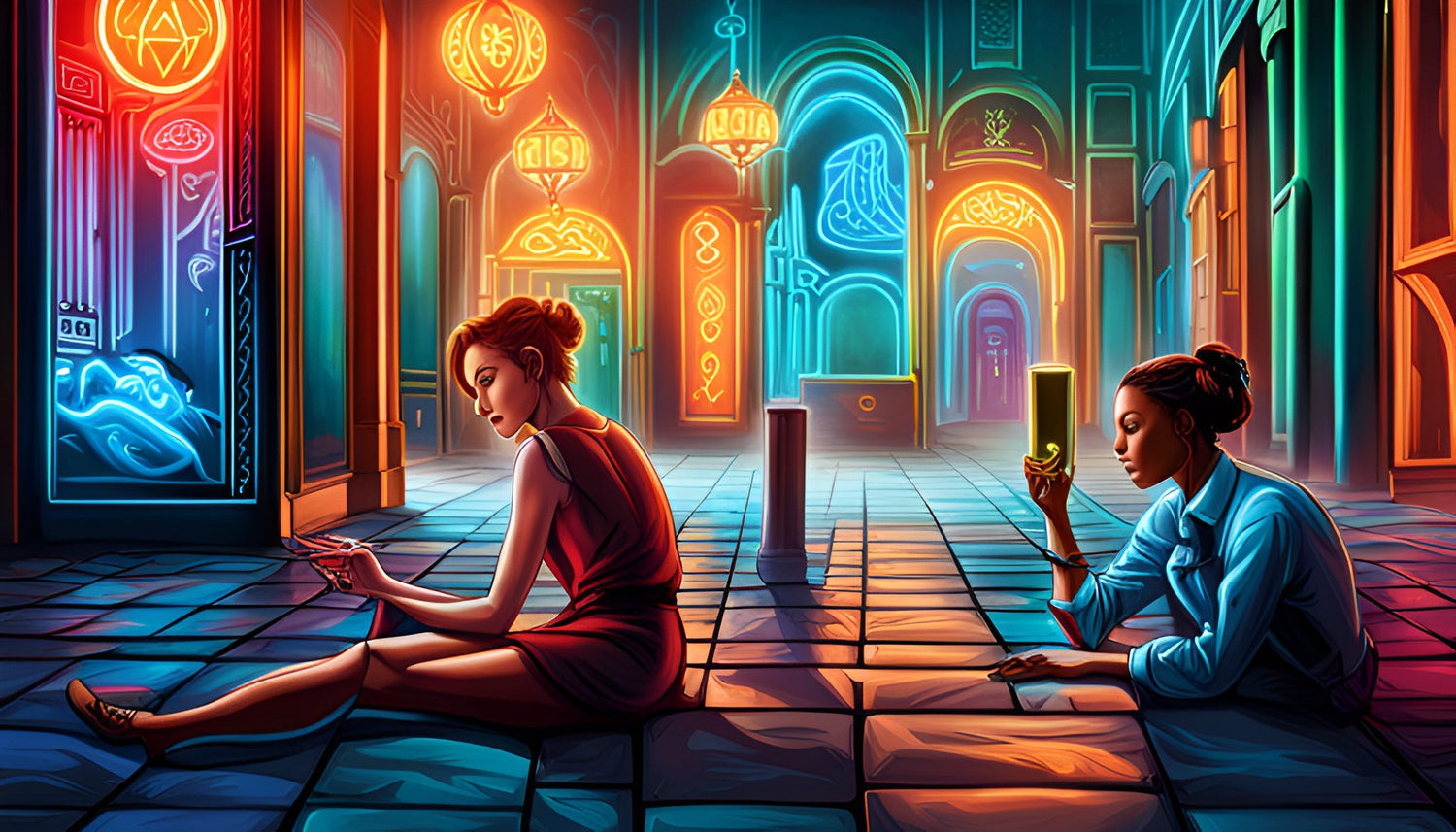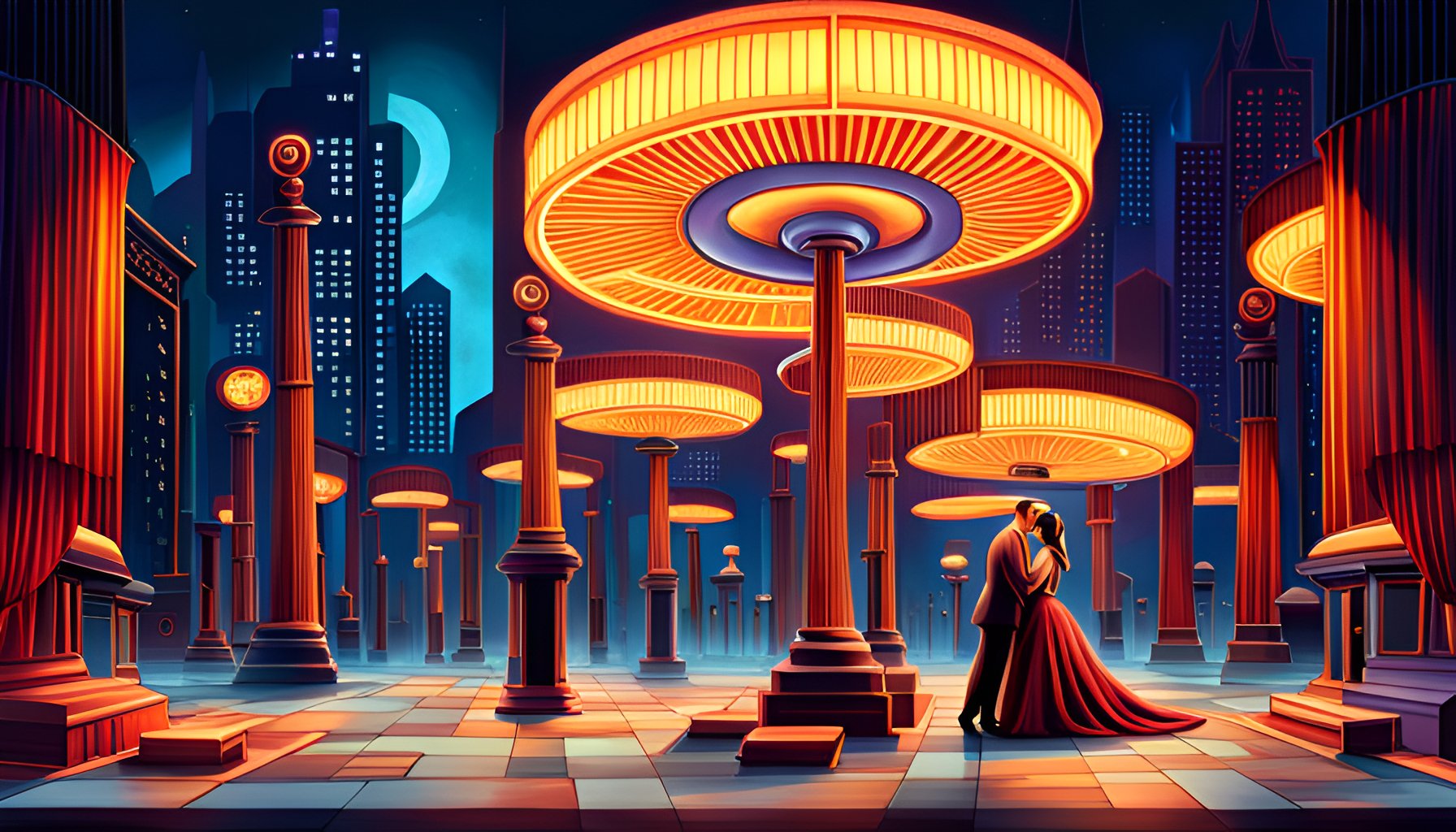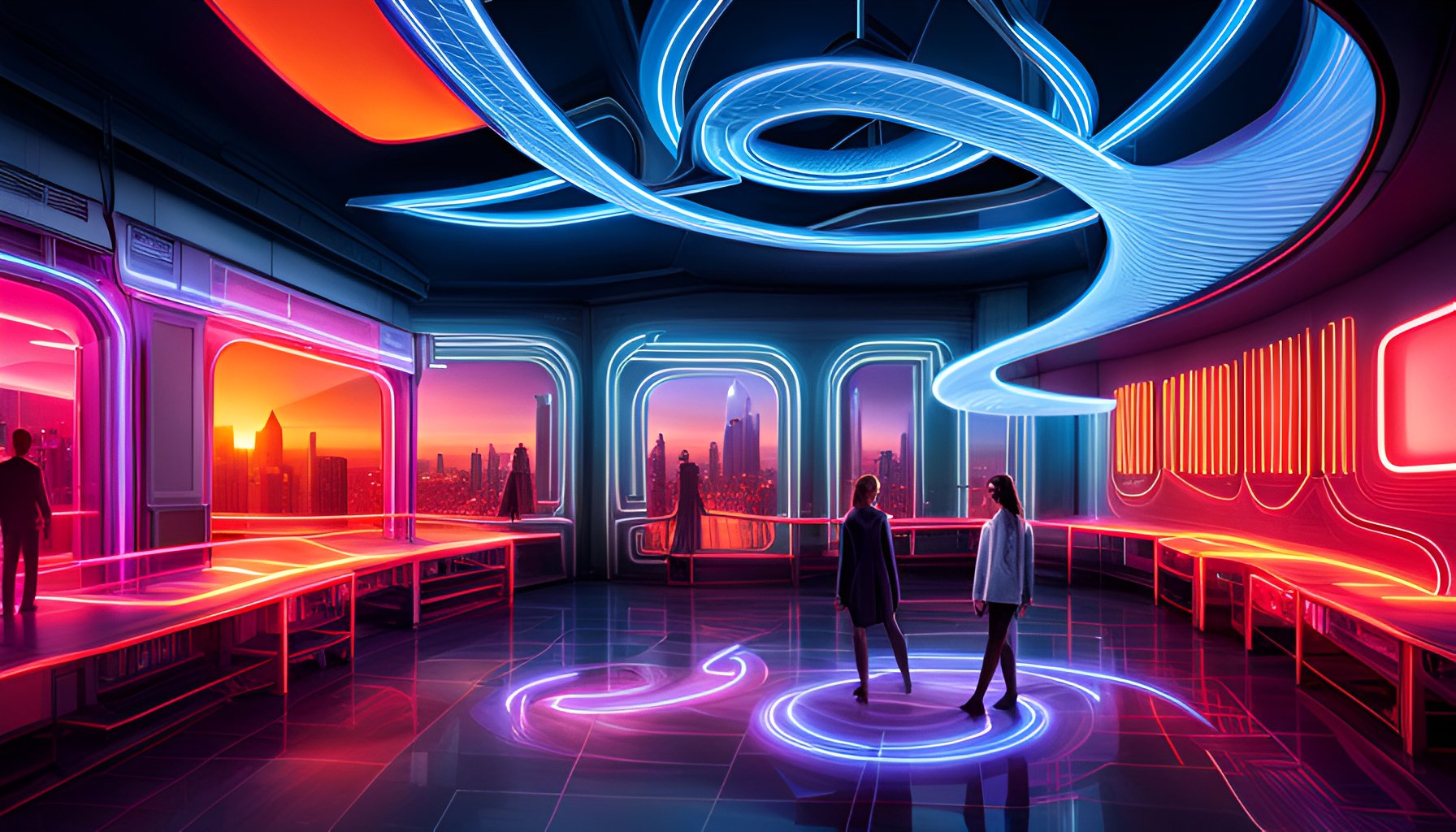Neon Literary Themes: Exploring Neon in Literature
Neon lights have long been a source of fascination and inspiration, casting their vibrant glow on the streets of cities around the world. While neon is commonly associated with urban landscapes and nightlife, it has also found its way into the realm of literature. In this article, we will delve deeper into the neon literary themes and explore how authors have skillfully incorporated neon into their works to create mesmerizing narratives.
The Allure of Neon
Neon lights possess a unique and captivating quality that captures the attention of passersby. Their bright colors and ethereal glow create an atmosphere of excitement, mystery, and nostalgia. In literature, this allure of neon is often used to evoke similar emotions within the readers.
Authors skillfully employ descriptive language to paint vivid pictures of neon-lit streets, capturing the flickering lights, the reflection on rain-soaked pavements, and the hum of electricity. These sensory details transport readers to the heart of bustling cityscapes and imbue the narrative with a sense of energy and vibrancy.
Symbolism of Neon
Neon lights can symbolize various concepts depending on the context in which they are used. They can represent the vibrant energy of a bustling city, the seductive allure of a particular place or character, or the juxtaposition between light and darkness. Neon can also symbolize the transient nature of life and the fleeting moments of joy and happiness.
Authors cleverly employ neon as a symbol to convey deeper meanings and themes in their works. The neon-lit streets can serve as a metaphor for the fast-paced and ever-changing nature of modern life. They can also symbolize the allure and dangers of the urban environment, presenting a stark contrast between the artificial brightness of neon and the shadows that lurk in the alleys.
Neon as a Narrative Device
Authors often use neon as a narrative device to set the tone and atmosphere of a story. The presence of neon lights in a scene can create a sense of anticipation, danger, or even romance. The flickering lights and vibrant colors can heighten the emotional impact of a scene, drawing readers deeper into the narrative.
By skillfully describing the interplay between neon lights and the characters, authors can create a visual and emotional connection. Neon-lit signs can become beacons, guiding characters towards their destiny or serving as a source of hope in the darkest moments. Writers utilize neon as a powerful tool to transport readers into the vivid world of their stories.
Neon as a Metaphor
Beyond its symbolic meaning, neon can also serve as a metaphor for various aspects of life. The transient nature of neon lights can mirror the fleeting nature of human existence. The vibrant colors can represent the multitude of experiences, emotions, and perspectives that make up the human condition.
Authors employ neon as a metaphor to explore themes such as the search for identity, the fleeting nature of happiness, or the contrast between appearance and reality. Neon lights can represent the transient moments of joy and the fragility of human connections, reminding readers of the impermanence of life itself.
Examples in Literature
Many renowned authors have incorporated neon themes into their works, using them to enhance the atmosphere and deepen the meaning of their stories. In F. Scott Fitzgerald's 'The Great Gatsby,' the iconic green light at the end of Daisy's dock serves as a symbol of Gatsby's dreams and desires. This green light can be seen as a metaphorical neon sign, drawing Gatsby towards his elusive goal.
In Tom Robbins' 'Even Cowgirls Get the Blues,' neon lights feature prominently throughout the story, reflecting the vibrant and eccentric nature of the characters and their adventures. The neon lights act as a visual representation of the unconventional and free-spirited world the characters inhabit.
Another compelling example can be found in Haruki Murakami's novel 'Kafka on the Shore.' Neon lights are used to create an otherworldly atmosphere, blurring the line between reality and fantasy. The neon-lit streets become a symbol of the protagonist's journey into the unknown, filled with mystery and self-discovery.
Furthermore, in Bret Easton Ellis' 'American Psycho,' neon lights play a significant role in portraying the dark and twisted nature of the protagonist's mind. The cold, artificial glow of the neon signs reflects the shallow and materialistic world in which the story unfolds.
In Conclusion
Neon lights in literature serve as more than just decorative elements. They hold deeper meanings and convey emotions, ideas, and atmospheres that resonate with readers. From symbolizing the allure of a city to representing the transient nature of life, neon themes add a layer of depth and visual richness to literary works. Authors masterfully weave neon into their narratives, using it as a powerful tool to enhance the storytelling experience. So next time you encounter a neon-lit street, remember the hidden literary world it represents and the stories waiting to be discovered.



Leave a comment
This site is protected by hCaptcha and the hCaptcha Privacy Policy and Terms of Service apply.